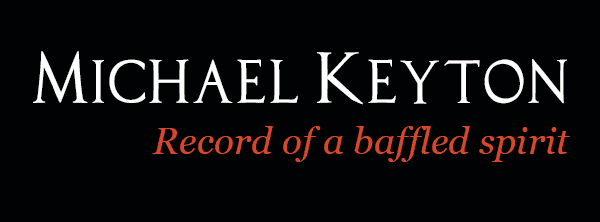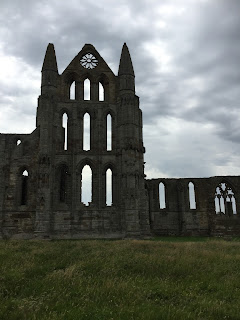I was at a family gathering some
months ago and was introduced to madness by one of my cousins. He was a coin
enthusiast and I’d probably had a little too much to drink, so I listened to
him and found madness infectious. There are apparently more than a few coins
worth far more than their face value. My face lit up illuminating the table
like a . . . table lamp.
He listed a whole bushel of coins all apparently from
memory, and I had to ask him to slow down as I made laborious notes. There is
for example: an Olympic 50p worth £3,000, a ‘dateless’ 20p coin worth £100, a
1983 ‘New Pence’ coin worth 650, a Guy Fawkes £2 coin worth hundreds, a EEC
Comeneration 50p worth £20 –disappointing but more valuable than Brussels. Not
as disappointing as a 2008 50p that has the Royal Arms as a design and worth a
mere £5.99 to a collector. The list went on and on and I left convinced I was
about to make my fortune the easy way.
Well, the looks I got as I held up
queues up and down the country—Monmouth at least, sometimes Newport—fumbling
for change and scrutinising every coin in every transaction. Trouble is, I’m
not only obsessional, I’m also shortsighted and have a bad head for figures, so
every time, I had to drag out my little list and compare every coin. Was that hatred behind me? Surely not. Mild irritation perhaps.
At last the penny dropped (not a
valuable one) and with it came the realisation I’d gone mad without really
noticing. I’m convinced now that coin spotting is a gateway to other, more
sinister activities like Scientology, and that every coin should come with a health warning.
I gave it up through sheer strength
of will, but there should be support groups out there, along with warnings to
beware of pushers like my cousin. In the words of comic and sage, Ken
Cheng, ‘I’m not a fan of the new pound coin, but then again, I hate all change.’
































